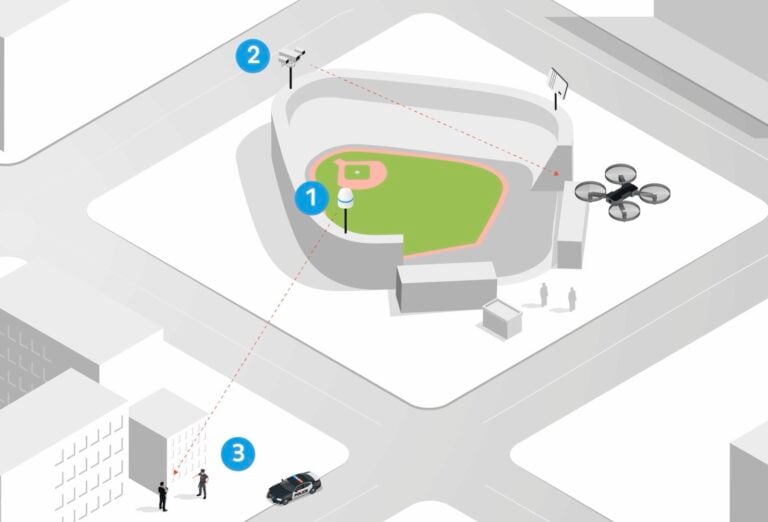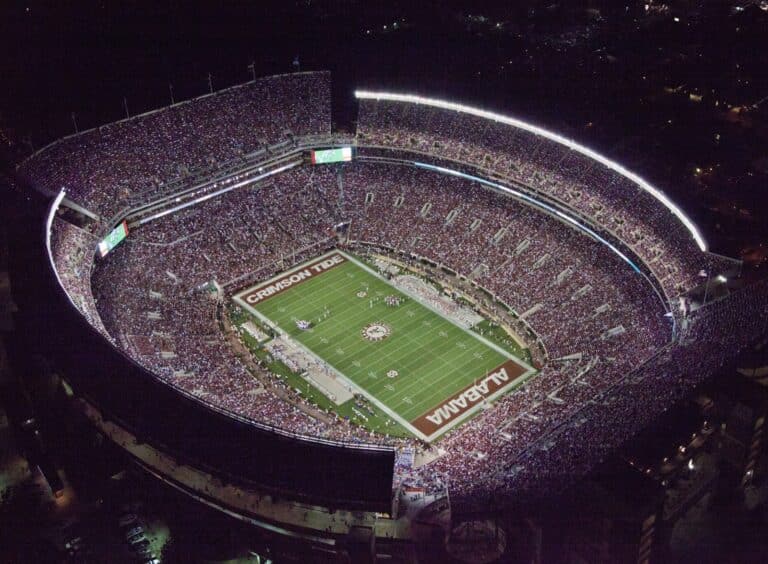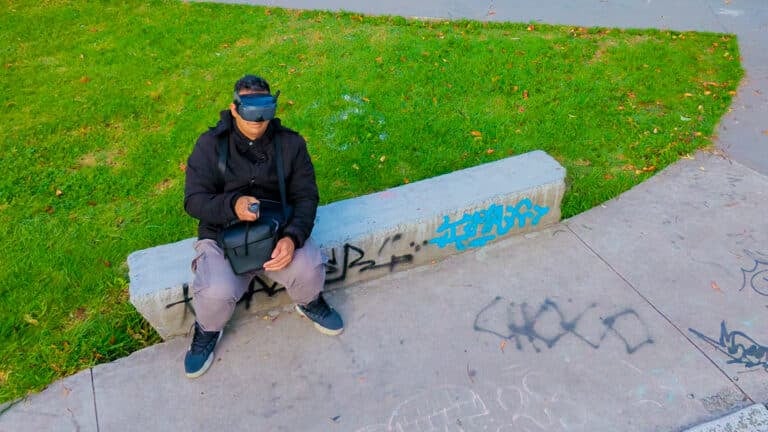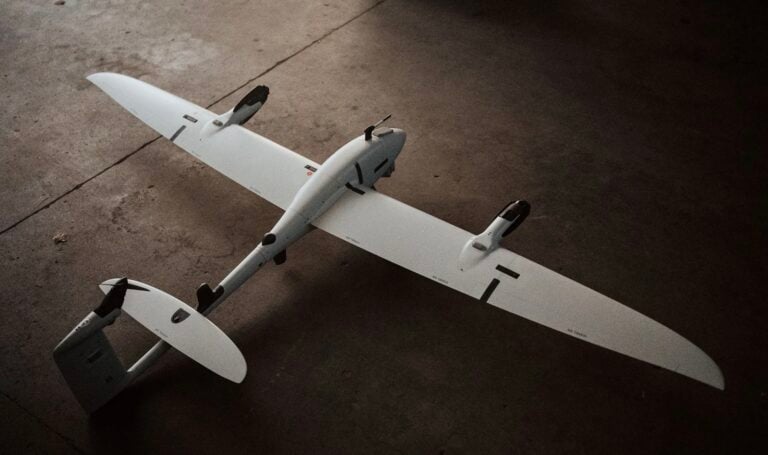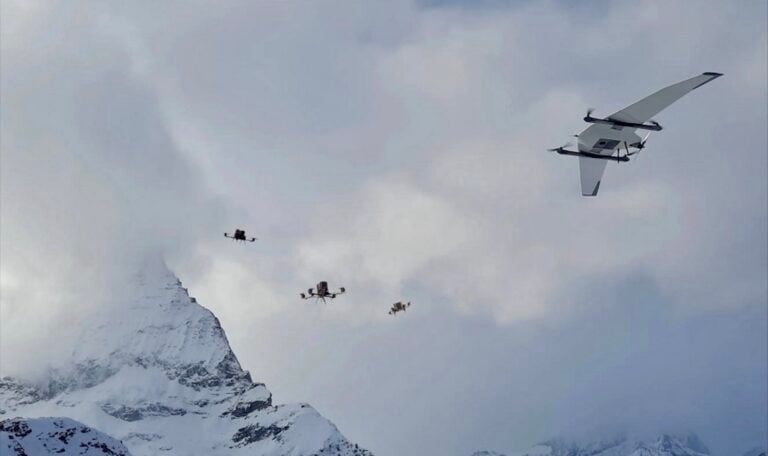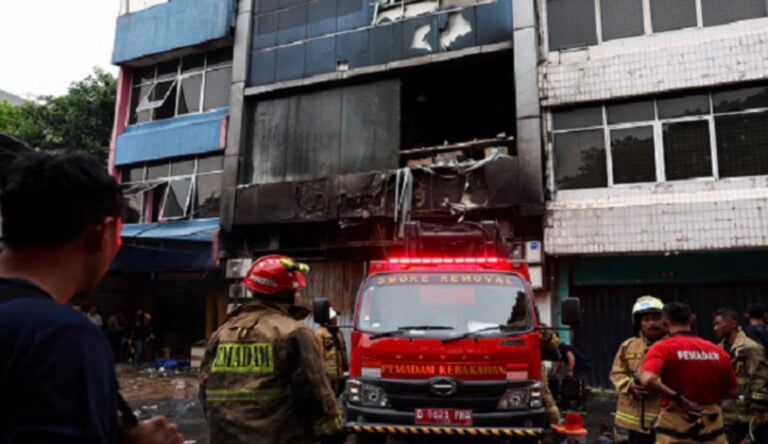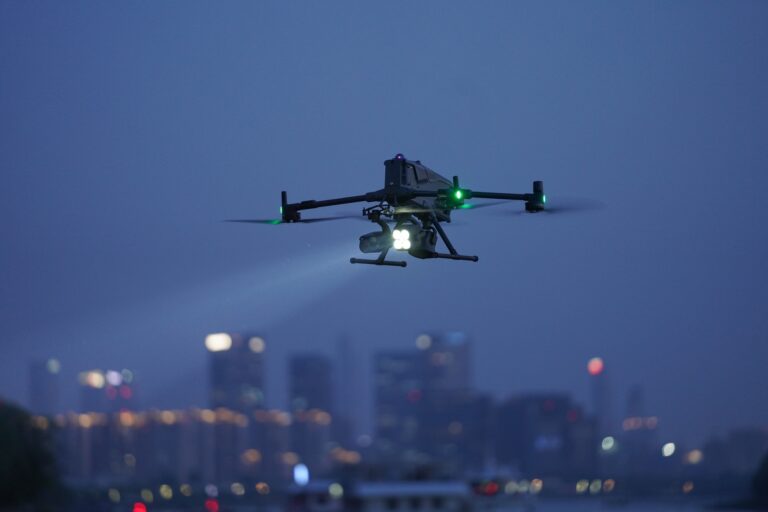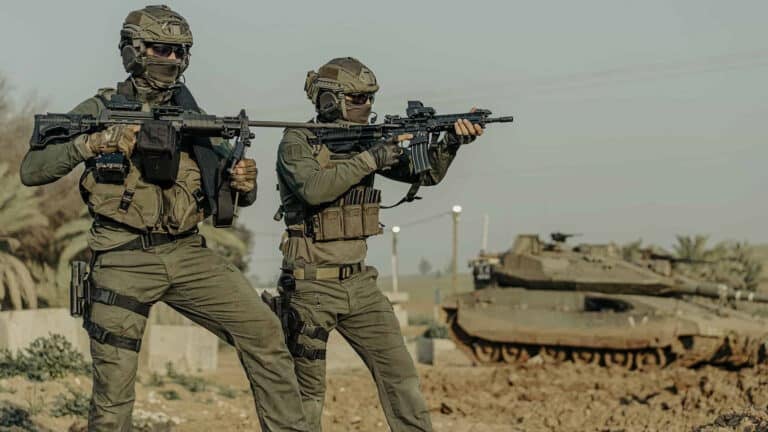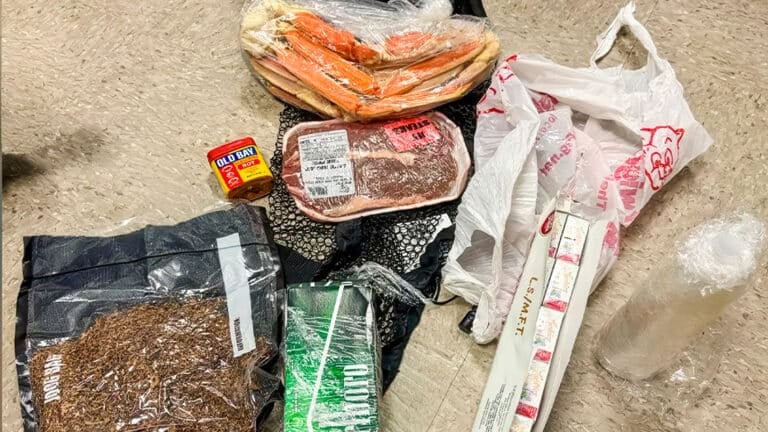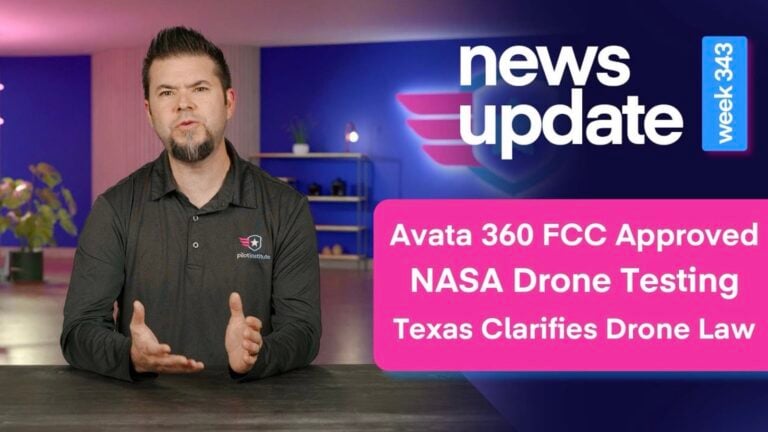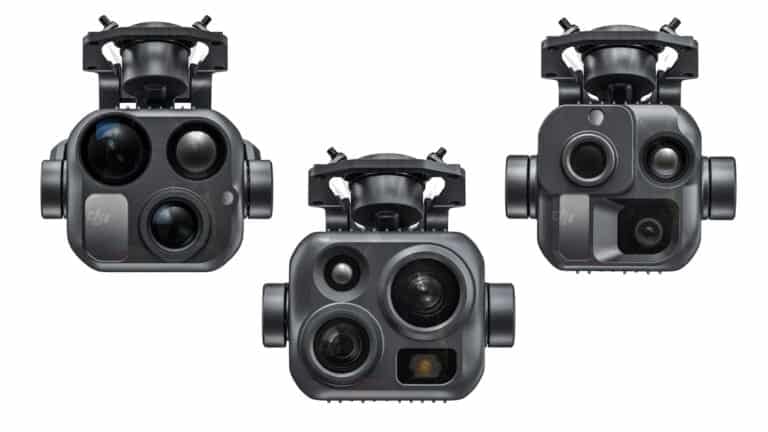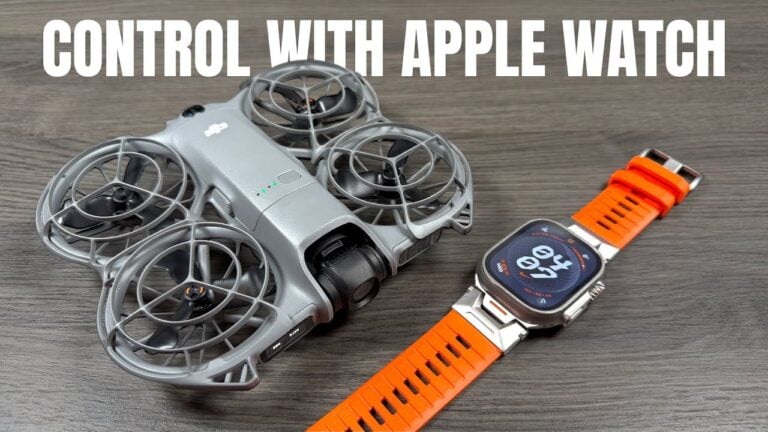Drones Revolutionize Firefighting in Gifford and Mason
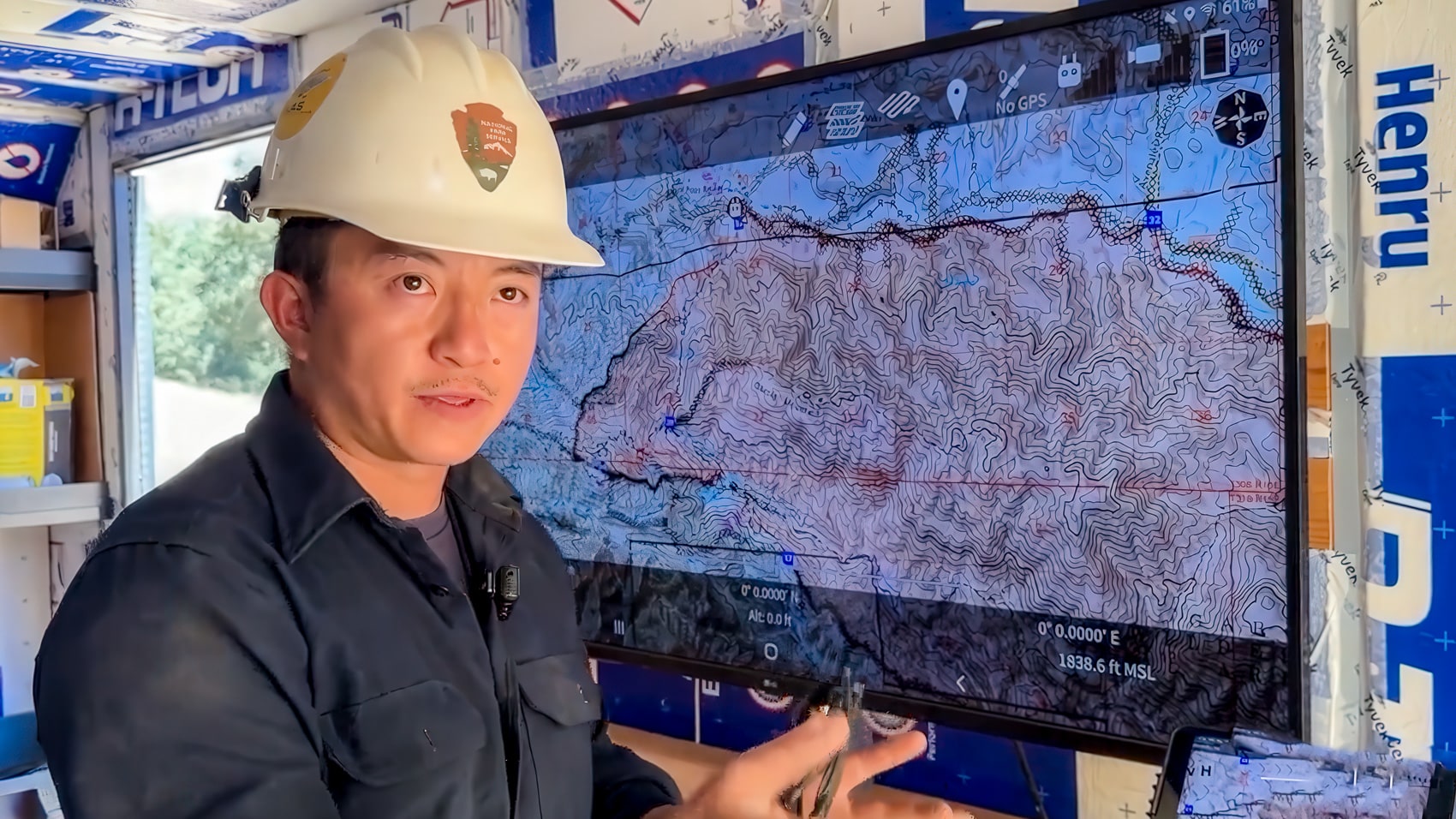
Amazon Drone Deals: DJI Mini 5 Pro Fly More Combo with DJI RC2 now for $1,099!
¡Buenos días, drone lovers! Happy Monday—let’s spark the week with a blazing tale of how drones are transforming firefighting from coast to coast. In California’s Gifford Fire and West Virginia’s Mason County, Unmanned Aircraft Systems (UAS) are proving their worth as game-changing tools for firefighters. Armed with infrared cameras, thermal imaging, and even fire-starting “Dragon Eggs,” these drones are keeping crews safer, boosting efficiency, and tackling blazes with high-tech swagger. As KSBY and WCHS reported, we can see now how UAVs come from dropping precise ignitions to scouting smoky wrecks. Let’s dive into how this gorgeous birds are rewriting the firefighting playbook, with a nod to our pal Joe Suarez—no relation, but you know Suarezes are drone-flying wizards 😉
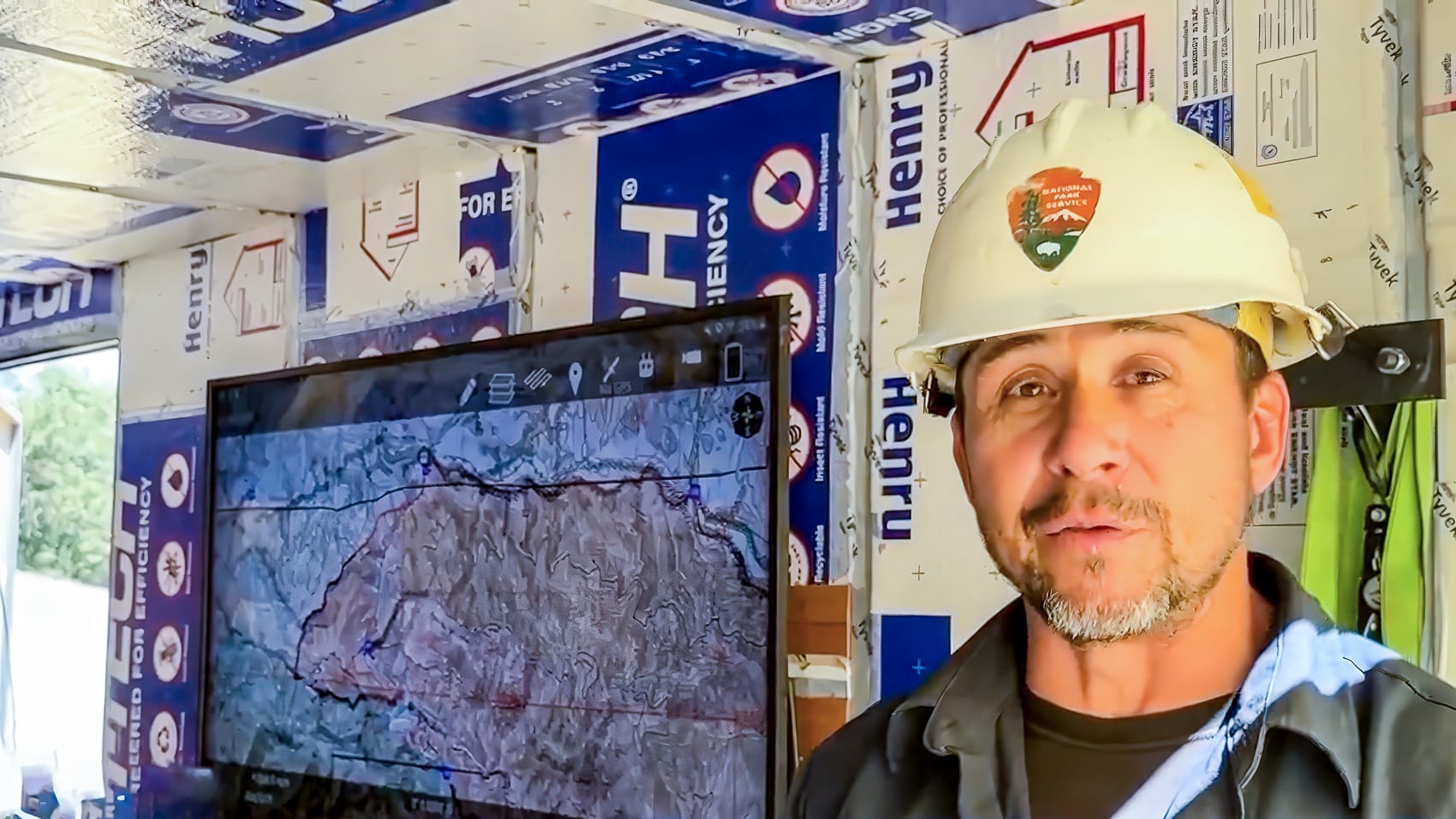
Gifford Fire: Drones Drop Fire to Fight Fire
The Gifford Fire, roaring since August 1, 2025, has scorched over 132,000 acres across San Luis Obispo and Santa Barbara Counties, according to KSBY. With 4,946 personnel, 30 helicopters, 372 engines, and 113 dozers battling the blaze, per CAL FIRE’s August 15 update, it’s an all-hands-on-deck war. Enter the UAS drones, stealing the spotlight as the ultimate firefighting wingmen. Milton Truong, an Aircraft Systems Pilot with the National Park Service, told that these drones hit speeds of 45 mph, cover 2.5-3.5 miles, and use infrared technology to detect hotspots through thick smoke and pitch-black nights. “The camera flashes bright, with a temp gauge bouncing to show how hot it is,” Truong explained.

What sets these drones apart is their ability to conduct controlled burns with “Dragon Eggs”—small spheres loaded with potassium permanganate and injected with glycol (antifreeze) to ignite seconds after being dropped.

This allows crews to create strategic firebreaks with surgical precision, factoring in weather and topography. Joe Suarez, UAS module leader for the National Park Service, emphasized the safety boost: “We don’t need folks on the line hunting spot fires.

Drones do it safer.” With the Gifford Fire at 91% containment by August 15, per CAL FIRE, these drones have been critical in taming a beast that’s challenged even the most seasoned firefighters.
The drones’ geo-referenced mapping is another ace up their sleeve. Every image is tagged with precise coordinates, allowing crews to build detailed fire maps and track its spread in real time. This tech, powered by Drone Amplified, gives incident commanders a bird’s-eye view that ground teams can’t match. The birds used on the fires are the IGNIS + a heavy modified version of the Alta X from FreeFly Systems.
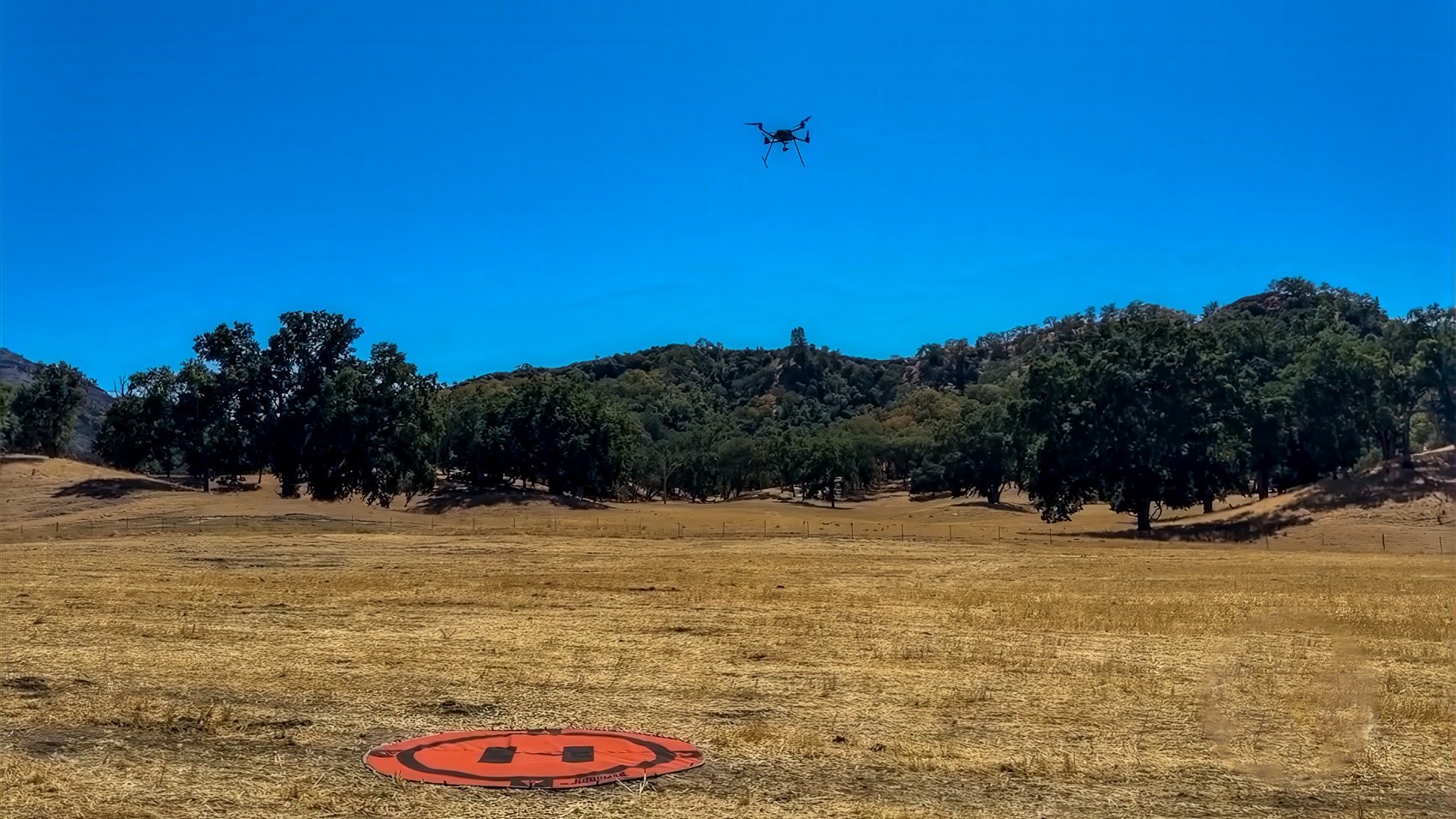
Flying through smoke or at night, or when helicopters are grounded, these drones keep the fight going 24/7, reducing risks and boosting efficiency. It’s a high-stakes operation where every second counts, and drones are delivering.
Mason County: Volunteers Soar with Drone Power
Across the country in Mason County, West Virginia, the Valley Volunteer Fire and Rescue squad is embracing drones to level up their game, as reported by WCHS. Chief Zach Adkins, leading a team of volunteers, sees these UAVs as a lifeline for a department stretched thin.
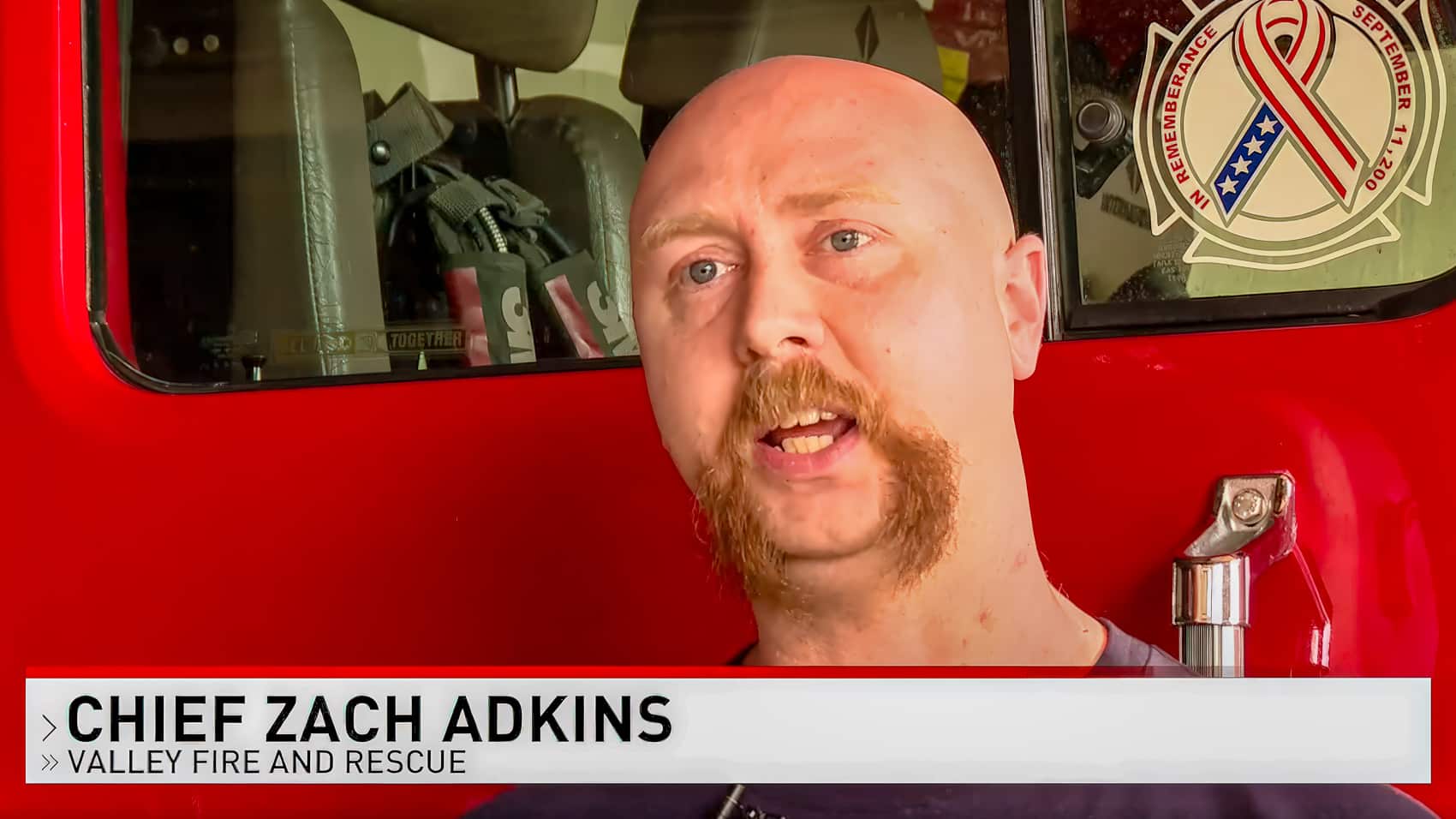
“It gives us an aerial perspective on any incident,” Adkins told WCHS. “We can check traffic backups on a car wreck or get behind a structure during a fire.” With thermal imaging, these drones spot heat signatures in smoky conditions, locate missing persons, or identify hotspots in burning buildings—tasks that once put firefighters in harm’s way.
The numbers tell a tough story: the National Fire Protection Association reported a drop from 900,000 volunteer firefighters in 1984 to 676,900 in 2020. Adkins hopes drones will spark interest among tech-savvy recruits. “We wanted to add capabilities and use this as a recruitment tool,” he said. The department even funds FAA Part 107 pilot training, turning volunteers into certified drone operators. This isn’t just about fighting fires—it’s about search-and-rescue, accident assessment, and community service. A drone can scope a multi-car pileup on a rural road or find a lost hiker in dense woods, all without risking a firefighter’s life.
The thermal capabilities are a standout. Unlike human eyes, drones can see through smoke to pinpoint heat sources, making them invaluable for structure fires or wilderness searches. Adkins’ team uses models likely similar to the DJI Mavic 3T, with thermal cameras and modular payloads.


These drones are affordable, portable, and tough, giving a small volunteer squad the power of a big-city department. It’s a win for safety and a magnet for new blood in a field desperate for volunteers.
Drones: The Ultimate Firefighting Sidekick
These stories highlight why drones are firefighters’ new best friends. In Gifford, UAS drones like those described by KSBY use advanced sensors—think FLIR thermal cameras and high-res mapping—to track fires with precision. The Dragon Eggs, dropped with GPS-guided accuracy, create firebreaks that stop megafires in their tracks. This tech, backed by the National Park Service and CAL FIRE, reduces the need for dangerous ground ops or costly helicopter runs. A single drone flight can cover miles, spotting embers that could reignite a blaze, all while keeping crews out of the danger zone.
In Mason County, drones are a force multiplier for volunteers. WCHS notes their role in everything from traffic management to search-and-rescue. Thermal imaging lets them find people or hotspots in conditions where visibility’s zero. The FAA Part 107 training ensures these volunteers aren’t just hobbyists—they’re pros flying within strict regulations. This is critical in rural areas, where resources are scarce, and a single drone can stretch a small team’s capabilities. It’s like giving firefighters X-ray vision and wings, all for a fraction of a chopper’s cost.
The tech behind these drones is what we DJI nerds drool over. Models like the DJI Matrice 300 RTK or Mavic 2 Enterprise boast 55-minute flight times, 9-mile ranges, and thermal sensors with 640×512 resolution. They’re built for harsh environments—smoke, heat, wind—and deliver real-time data to command centers. For Gifford’s controlled burns, drones sync with weather data to time ignitions perfectly. For Mason’s volunteers, they’re a portable solution that fits in a truck and deploys in minutes. It’s the kind of innovation that makes our 50-60-year-old drone crew geek out.
And let’s give a shoutout to Joe Suarez—ha, with a name like that, he’s gotta be a drone-flying maestro! No relation to us Suarezes, but we all know anyone with that last name has a natural knack for nailing those drone maneuvers. From California’s megafires to West Virginia’s rural calls, drones are proving they’re not just tools—they’re lifesavers.
The Broader Impact: Drones in Crisis Response
These aren’t isolated wins. Drones are reshaping emergency response worldwide. Think back to Tippecanoe County, Indiana, where a drone found a missing autistic boy in a cornfield, or Canada’s SnowDart system dropping eco-friendly explosives for avalanche control. The tech’s the same: rugged UAVs with thermal imaging, GPS precision, and modular payloads. In firefighting, they’re cutting costs—CAL FIRE spent $1.2 billion on the Gifford Fire alone, per KSBY—and saving lives by keeping humans out of danger.
The Gifford Fire’s drones, with their 45 mph speed and 3.5-mile range, can operate in conditions that ground helicopters, like heavy smoke or high winds. Their geo-referenced imagery builds 3D fire maps, helping commanders predict fire paths. In Mason County, drones stretch a volunteer budget, replacing risky ground searches with aerial scans. The FAA’s Part 107 certification, mandatory for commercial drone use, ensures both teams operate legally, avoiding fines or airspace conflicts.
What’s next? Smarter drones with AI-driven fire prediction, maybe even autonomous swarms coordinating burns. The National Park Service and CAL FIRE are already testing hybrid systems, per KSBY, while Mason’s volunteers could inspire other rural departments. For us DJI fans, it’s a reminder that our hobby’s tech—think Mavic 3 Thermal or Matrice 350—is saving the day in ways we never imagined.
DroneXL’s Take
As an experienced drone pilot, I’m stoked to see UAVs take center stage in firefighting. Flying a Mavic 2 Enterprise for years, I’ve used thermal cams to scout trails and check properties, but Gifford and Mason show what’s possible when pros wield this tech. The Dragon Eggs in California? Pure genius—dropping fire to fight fire with pinpoint accuracy is something I’d love to try (safely, of course!). Mason’s volunteer push hits home; I’ve seen small crews struggle, and drones are like giving them a superpower. Joe Suarez and his squad are living the dream—flying under pressure to save lives. For us pilots, it’s a call to keep pushing our skills, whether it’s nailing thermal shots or getting Part 107 certified. This tech’s saving forests and communities, and I’m proud to be part of the drone tribe making it happen. Fly smart, dear friends!
Photographs courtesy of Eyewitness News and KSBY
Discover more from DroneXL.co
Subscribe to get the latest posts sent to your email.
Check out our Classic Line of T-Shirts, Polos, Hoodies and more in our new store today!

MAKE YOUR VOICE HEARD
Proposed legislation threatens your ability to use drones for fun, work, and safety. The Drone Advocacy Alliance is fighting to ensure your voice is heard in these critical policy discussions.Join us and tell your elected officials to protect your right to fly.
Get your Part 107 Certificate
Pass the Part 107 test and take to the skies with the Pilot Institute. We have helped thousands of people become airplane and commercial drone pilots. Our courses are designed by industry experts to help you pass FAA tests and achieve your dreams.

Copyright © DroneXL.co 2025. All rights reserved. The content, images, and intellectual property on this website are protected by copyright law. Reproduction or distribution of any material without prior written permission from DroneXL.co is strictly prohibited. For permissions and inquiries, please contact us first. DroneXL.co is a proud partner of the Drone Advocacy Alliance. Be sure to check out DroneXL's sister site, EVXL.co, for all the latest news on electric vehicles.
FTC: DroneXL.co is an Amazon Associate and uses affiliate links that can generate income from qualifying purchases. We do not sell, share, rent out, or spam your email.




